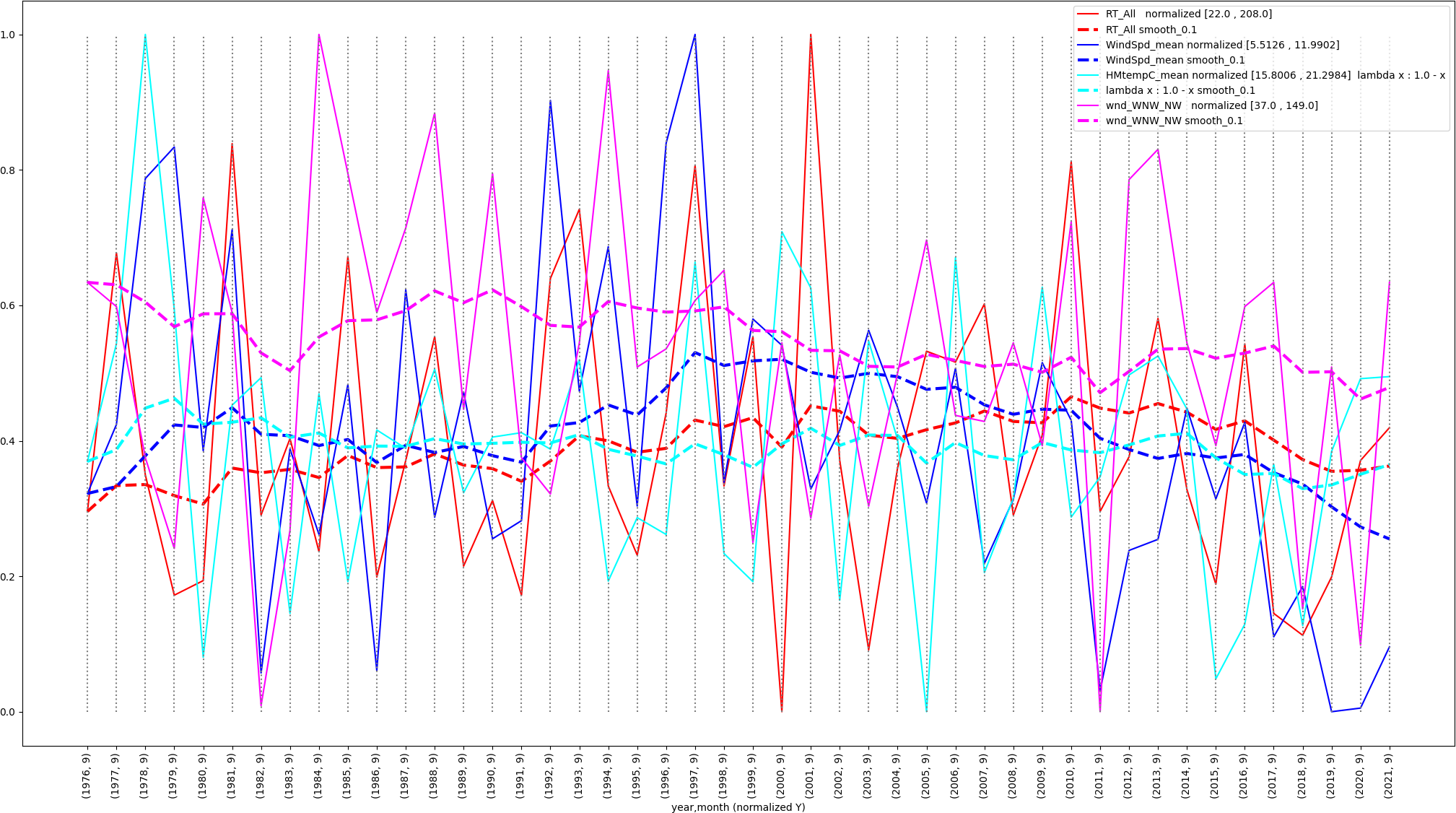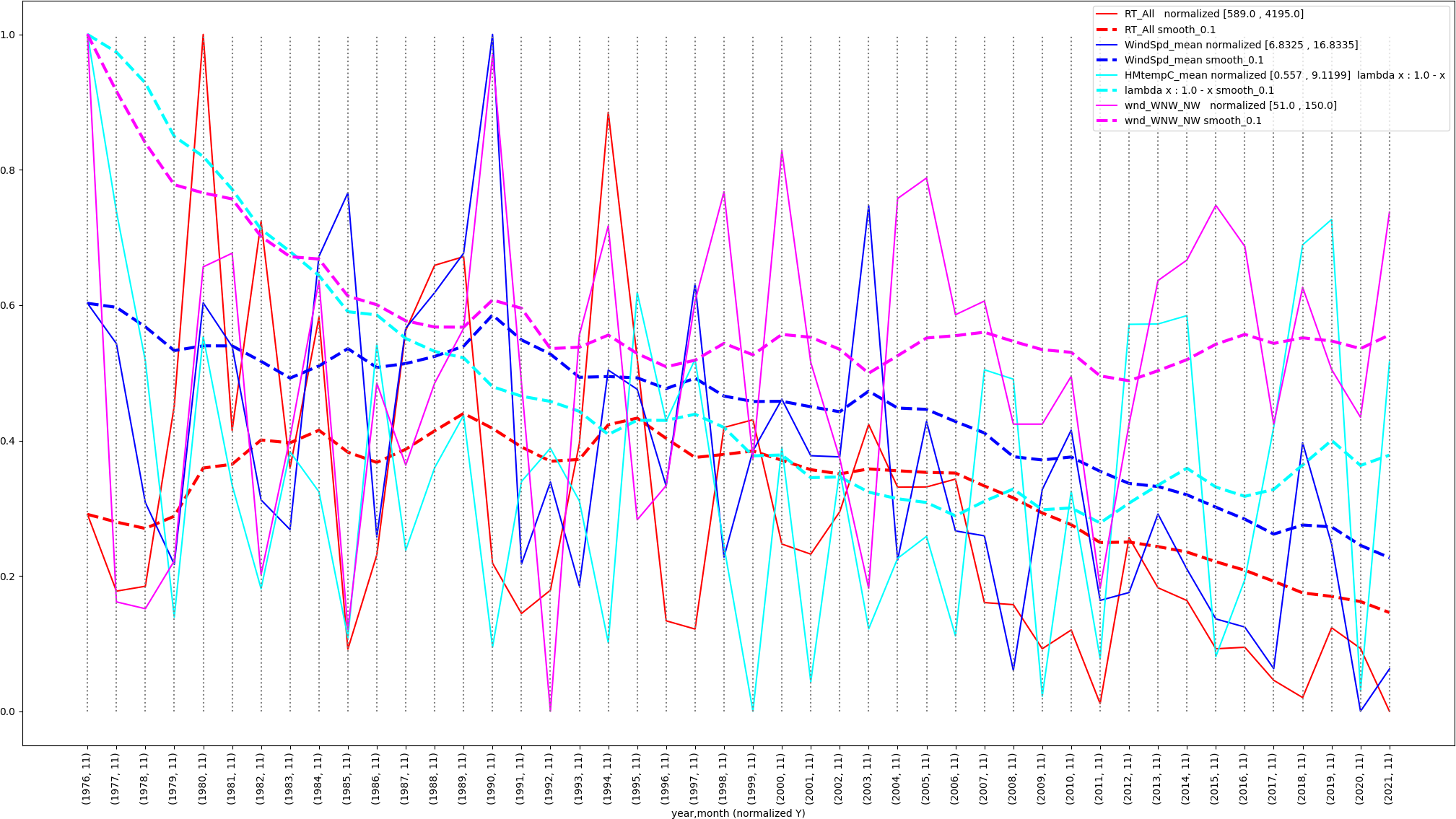Figure 1: Kittatinny Ridge in the Hawk Mountain Area, from https://www.google.com/maps
Search for
"Hawk Mountain North Lookout" in the terrain view.
"According to a recent study in Nature, the Arctic has, since 1979, been warming four times faster than the rest of the world. That’s much quicker than scientists had previously thought, and this warming could presage an even steeper decline in wind than anticipated. Another factor possibly contributing to stilling is an increase in “surface roughness” — an uptick in the number and size of urban buildings, which act as a drag on winds.Course work has uncovered the fact that certain weeks during the autumn observation period have seen more pronounced decreases in average wind speed, raptor counts, and corresponding increases in air temperature than other weeks. This analysis is based only on observations made at North Lookout. The summer 2022 study includes NOAA weather data from the Allentown, PA Airport. However, the urban climate at that site differs significantly from North Lookout, largely because of Heat Island Effect [2] and excessive truck pollution [3] in the Lehigh Valley.
Wind has been an overlooked element of climate change studies, which helps explain why the debate over these trends continues. The field is young, with only 70 years of data — temperature data, by contrast, goes back thousands of years — and wind systems are notoriously difficult to study and analyze. Substantial annual fluctuations make long-term trends difficult to detect, and conclusions are rarely firm." [1]


